Abstract
An indigenous form of traditional art from the state of Madhya Pradesh has come to be known as Gond Tribal Art. Like many other indigenous Indian art forms, Gond art is also being passed on from one generation to the next by members of the tightly knit Pradhan Gond tribe. The intricate pictorial themes within this unusual Indian art form are usually inspired by elements of nature or beliefs in Hindu Gods. In many instances, the paintings have evolved from narrative poetry or folk songs inspired by mythical stories of Gods. The paintings were first depicted on the walls of village houses in Madhya Pradesh. It was believed that Gond Art paintings on walls would bring good luck to the family. This paper is a study on the major transformation of Gond paintings and traditional motifs used for this art form. Over a period of decades however, Gond art has made a shift from traditional paintings to more elaborate embroidery. In this process, the original art form might have been diluted and lost. Furthermore, another giant leap to modern day digital printing has occurred and further threatened the survival of the original techniques. Meanwhile, many new influences in the form of pastel shades and neutral colours are being incorporated. They are now being commonly seen in contemporary forms of Gond art. The motifs are also being simplified and modernized carefully while keeping the essence of this incredible tribal art.
Introduction
Currently, the Gond art is practiced by the sub caste of Pradhan Gond tribe. In their paintings, they express their respect for nature. While searching for a purpose in life, the most common pictorial themes revolve around common elements of nature such as trees, animals, birds, peacocks, and Gods. Originally, tribal paintings were done on the walls of houses. They are done with the help of layers of mud applied on bare walls. This is followed by painting depicting natural themes [1]. An artisan first applies a layer of white or black coloured clay along with a cow dung mixed paste. This creates a reasonably smooth surface for the painter. The clay is called as Garuor Gar in local parlance. After the initial layer of clay dries off, the first application of paint begins. Paint is applied with help of cotton buds or handmade fabric buds made by using a small stick. The sticks for Gond art are usually made from Babul or Neem tree branches. In Gond painting, traditionally colours are collected from the natural elements such as herb, vegetable, clay or stone. The colours frequently used are black, saffron, green and yellow [2].
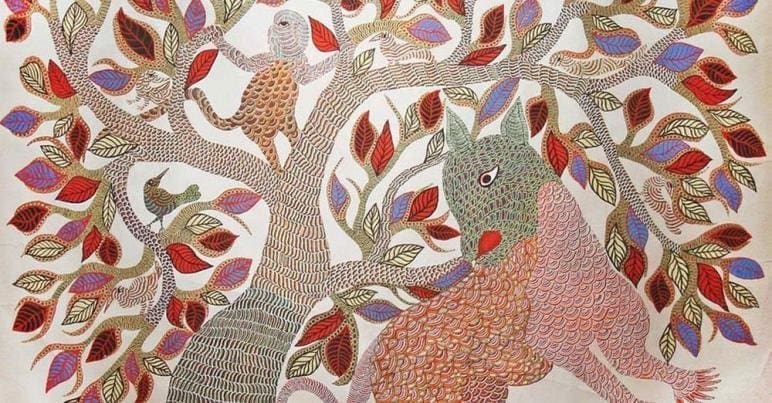
Fig:1. Tree of life.
Source: https://www.utsavpedia.com/motifs-embroideries/gond-painting/
The most significant character of this tribal art painting is the use of geometrical shapes, intricate dots, lines, diagonal lines, drops of water, seed shapes, fish scales and curves [3]. These elements give the desired effect and slightly enhance the quality of motifs (Fig:2). However, Gond art work typically lacks the professional quality that any commercial endeavour would need. While being conspicuously primitive in character and lacking aesthetic beauty, the art work merely points to the existence of a civilization stranded in a different epoch and is unwilling to invest time in honing drawing skills. Even a painter lacking rudimentary artistic talent can attempt to create Gond art. Gond artists need to be given intensive training to help them enhance the commercial value of their creations. The quality of their drawings needs to improve to make them more aesthetically appealing.
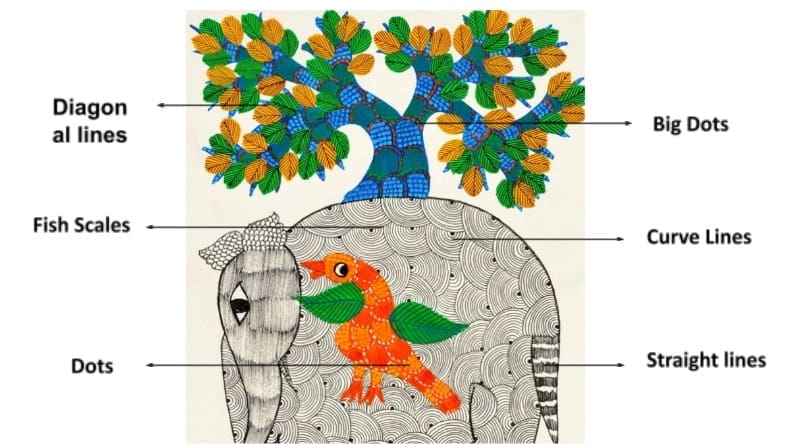
Fig :2. Elements in Gond art
Though lacking sufficient aesthetic appeal, Gond paintings are still being used for festivals and events such as Karwa Chauth, Deepawali, Ahoi Ashtami, Nag Panchmi, and Sanjhi. Motifs used in these Gond paintings generally depend on the festive occasion. The common occasions include religious festivals or wedding ceremonies [4]. The main objective of this paper is to study the constant transformations within this traditional art. A study was carried out with particular attention to transformations occurring in motifs, techniques, and colour palettes. The principal objective of these changes was to help enhance consumer appeal. many transformations have therefore occurred while a sincere attempt to preserve and retain the traditional essence.
Discussion
Evolution of technique used in Gond art
In olden days the artisans used buds and sticks made out of natural material like stick of a neem tree. Lately, it has been observed that the use of brushes, acrylic colors, batik technique, digital printing, hand embroidery, machine embroidery, stonework, and sequences are becoming quite common. These new approaches have transformed the traditional Gond painting into a more contemporary art form.
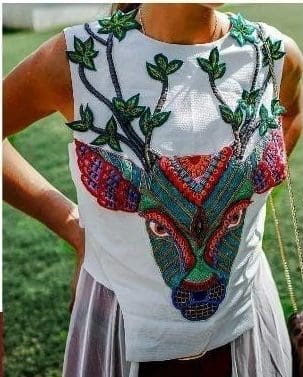
Fig 3. Gond art in embroidery by Label SAAJ
Source:https://www.nevanta.com/saaj-ankita-amazon-india-fashion-week-springsummer-2017/
In its modern version, the traditional lines, dots, and curves in art work are being highlighted even more by incorporating stones, sequences, and kundan in a creative way. Today many of the designers apply Gond art work on the garment using Zardozi embroidery along with Aari and Dabka work.
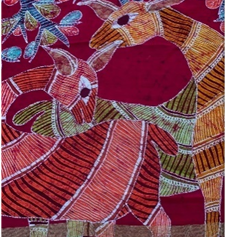
Fig 4. Gond art in batik on saree pallu.
Source: https://www.instagram.com/p/CFlZt8vACv4/
Another brand named ‘Kaisori India’ made a collection called ‘Narmada’ narrative craft-stories of Madhya Pradesh –Gond art form by Bhils, on to a hand spun and hand-woven Maheshwari by the Ansari and hand – painted Batik by the Guttis of Ujjain. It was observed that today Gond painting is not only transformed to embroidery, but designers have very artistically experimented with batik painting without ruining the essence of it (Fig:4). To take this heritage one step further, the brand-named PETAL HOME came up with machine embroidered motif of the tree and bird which is commonly seen in many Gond paintings on the bath towel line by using pastel colours (Fig:5).

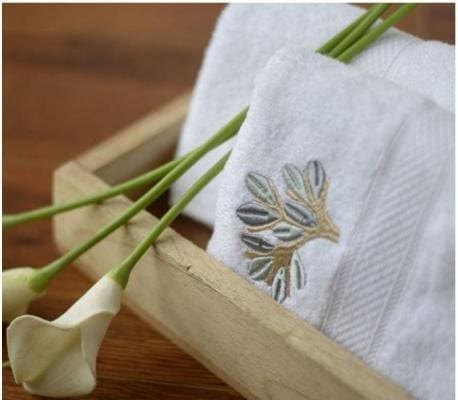
Fig 5. Gond art in bath towels with machine embroidery
Source: https://www.petalhome.in/product/gondi-tree-embroidered-ultralux-hand-towels-set-of-2/ )
Interestingly, it was evident that many researchers have done an extensive study on Gond painting motifs for use in apparel by screen printing. This is one of the methods used to revive this exclusive tribal art. In this study, beautification of traditional Gond painting has been given a new shape using technological tools and techniques. This might help the product to become acceptable among the consumers in the present market. It will also provide employment to Gond artisans. The fusion designs prepared were successfully applied on different apparel products using screen printing. The created products were highly rated by consumers [5]. Another study on Digital Textile Printing inspired by Gond Paintings revealed that the designs used for digital printing on dress material have incredible market potential [6]. Today, many designers are constantly exploring new avenue to introduce digital Gond painting in the fashion and apparel industry.
Evolution of motifs and colors in Gond art
The Gond artisans create their motif for paintings on a variety of themes, including subjects based on folklore, religious beliefs, social customs, and nature. Usually, motifs used in Gond paintings are known as the expression of their love for nature and quest for life. However, it was found that traditional Gond art motifs have been steadily changing with time. The motifs depicting flora and fauna which is narrated on to the canvas or the mud walls have been transformed into contemporary styles by modern technology. Lighter shades or pastel colours have also been introduced.
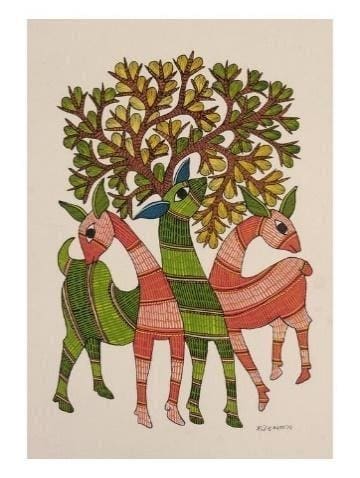

Fig : 6. Original Gond art motifs Fig: 7. Contemporary Gond art motif
Source:https://www.gangesindia.com/products/elephant-and-bird-under-tree-gond-painting)
Currently, there is a visible difference created in the motifs by using different techniques and colour variations. The motifs have been contemporized by incorporating modern techniques involving machine embroidery and digital printing. Designers are also using new techniques to introduce innovative ideas in the fashion industry. Motifs are also being modified into their minimalistic forms (Fig: 6 &7). They are then being highlighted with minimum detailing. Complimenting colour palates have also been implemented. Such modern art forms are usually applied on mainstream products such as wall hangings and decorations. Today, Jangarh Singh Shyam, the pioneer of modern Gond painting, developed and decorated the traditional paintings of the Gonds, These new designs and motifs, which were mainly inspired by Pithora paintings, received attention across the world. In fact, the commercialization and market competitions have influenced Gond painters. They legally register a motif as either a distinct identity or the signature motif of the painter [7].
Application of Gond art in Fashion
The Gond painting as part of a new fashion and art collection that seeks to preserve India’s dying textile heritage as well as conserve wildlife. One has to give credit to global influences for promoting and showcasing the beauty of this tribal art on clothing and accessories, making these even more sought after. Fashion designer Ritu Kumar has been meticulously documenting the long cultural journeys of traditional art forms and textiles in India. This reservoir of knowledge will not only help in more accurately reviving traditional art forms, but also create a platform for exploring its adaptability to contemporary consumer tastes.
The designer Ankita Chaudhry from label SAAJ unveiled her Gond art inspired collection at Amazon India Fashion Week Spring/Summer 2017. The collection comprised of an ancient art form inspiration, which depicts Mother Nature. She played around with embroidered animal motifs in vibrant colours. Rich fabrics like georgette and organza were used to give the summer touch to the collection (Fig:8).

Fig : 8. Gond art in Fashion
Source: https://www.nevanta.com/saaj-ankita-amazon-india-fashion-week-springsummer-2017/
Gond art has been gradually influencing today’s fashion. Many brands are also experimenting with new solutions to convert Gond paintings into a form that can be easily applied on fabrics and later stitched into garments. It was also found that Meesa Couture gives importance to this tradition of Indian craftsmanship within a contemporary range. “The label offers day-to-night wardrobe solutions by contouring beautiful fabrics with Gond art into an ensemble that can be adorned by every urban confident woman. Also, Meesa Couture presented collection named Karpa, which depicted flocks of birds. Another brand named ‘Chiaroscuro’ has depicted Gond painting on leather handcrafted bags and accessories (Fig:9).
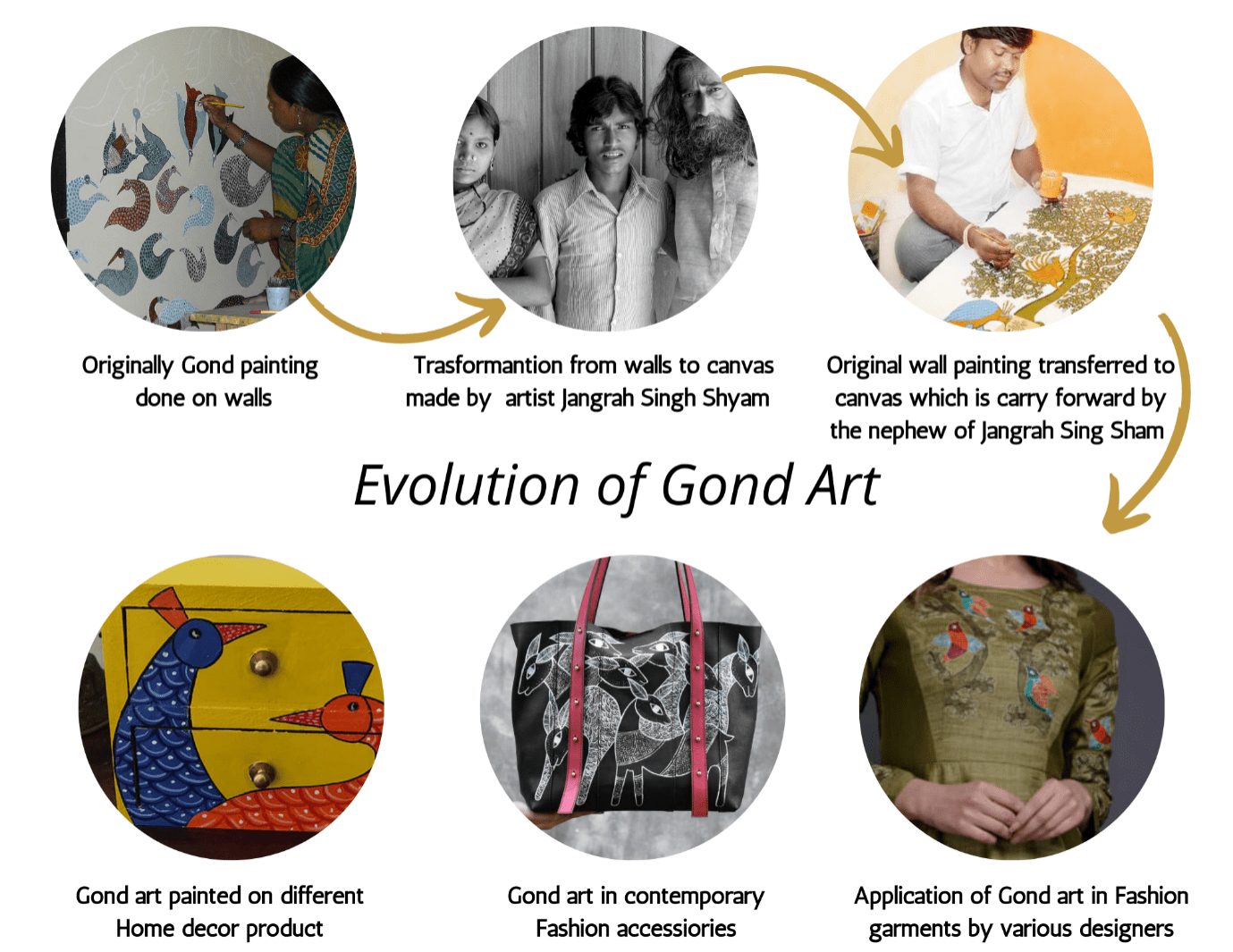
Fig: 9. Evolution of Tribal Gond art from Traditional to Contemporary
With globalization, Gond paintings have now become quite common on merchandise. Common consumer products such as cushion covers, bags, wooden trays, wooden furniture and apparels that showcase Gond art are becoming popular. In the modern day and age, Gond paintings are as much part of a rich traditional Indian history as they are in sync with current global trends. Gond Artists are no longer faceless, nameless unknown artists, but have made a mark with their own unique individual artistic identities in the global art market [8]. It is amazing to find how this indigenous humble tribal art completely transformed from mud wall to canvas and all the way to contemporary fashion and global art world (Fig:9).
Conclusion
From a broad overview of this tribal art of India, it was found that this craft has incredible potential in future fashion markets. The intricate elements used in this Gond painting makes the craft even more exclusive and widely appealing to consumers within the global market. However, more attention ought to be given to the art itself and all the Gond artisans to help retain and restore this craft. Governments can take initiatives to encourage Gond artisans to continue investing time in further honing their skills. This is the best way of preserving an ancient and original Indian art. The Design Institute can encourage young designers to begin exploring new innovations while incorporating Gond art. This type of engagement between designers and Gond artisans will be beneficial to both parties. Gond paintings remain till date one of the most historically entrenched and yet contemporary Indian visual art traditions.
The government of India has taken several steps to preserve the art of the Gond tribe. These measures are not taken only to empower the artisans economically, but also for the sake of the future generation’s artistic fulfilment. The efforts resulted in more popularity of Gond art and paintings. Works of folk art are put on display with great pride at various international exhibitions.
References
- Gaur U. & Das A. (2013). Recent Indigenous Art of India, BINDU Modern Gallery.
- Sharma, E. (2015). Tribal Folk Arts of India, Journal of International Academic Research for Multidisciplinary, Volume 3, Issue 5.
- Goswami, M. P. & Yadav, P. (2019). Dots and Lines: Semiotics of the Motifs in Gond Painting, Journal of Media and Communication, 3(2): 35-50.
- Bharadwaj, K. (2014). Colors in Gond Tribal Art: An interpretation and critical evaluation of Colors in Gond Paintings of Madhya Pradesh, International journal of Research –Granthaalayah.
- Bora, S. (2017). Designing of apparel using traditional gond painting motif, International Journal of Home Science 2017; 3(1): 304-309
- Jain, R., Sharma, N & Jain, C. (2014). Design and Product Development: Digital Textile Printing Inspired by Gond Paintings of Madhya Pradesh, Asian Resonance, RNI No.UPENG/2012/426228 VOL.-III, ISSUE-IV, 257-261.
- https://www.mojarto.com/blogs/gond-art-the-deccan-lifeline
- https://www.researchgate.net/profile/Manash_Goswami5/publication/338855986_Gond_Painting_A_Study_of_Contemporary_Scenario/links/5e301bfc92851c9af72a46f3/Gond-Painting-A-Study-of-Contemporary-Scenario.pdf
- https://worldartcommunity.com/items/Hardbound-Diary-with-Gond-Painting-Motifs-Blue-Deer/
- https://kolorobia.com/placemats/596-2196-gond-art-placemats.html
- https://jhinichadariya.com/product/gond-art-hand-painted-nandsundari
- https://www.sujatra.com/products/hand-painted-gond-art-pallu-and-front-with-pure-raw-silk-base-saree?variant=33033571011
- https://www.nevanta.com/saaj-ankita-amazon-india-fashion-week-springsummer-2017/
- https://indianexpress.com/article/lifestyle/books/the-rich-history-of-gond-art-and-its-evolution-2832507/
- https://www.allkarts.com/gond-painting/#:~:text=The%20present%2Dday%20Gond%20paintings,animals%2C%20plants%2C%20and%20trees.
- https://www.businesstoday.in/magazine/features/gond-tribe-traditional-art-global-recognition-selling-well/story/202691.html
- https://www.petalhome.in/?s=machine+embroidery+hand+towels&post_type=product&type_aws=true
- https://www.facebook.com/meesacouture/photos/?ref=page_internal
- https://life11.org/2018/03/02/gond-the-vibrant-folk-and-tribal-art-of-india/
- https://chiaroscuro.in/collections/the-gond-edit/prodcts/gond-bronze-jamie?variant=32963252191285
Author:

RENUKA A. MAYEKAR
M.Design Student (Fashion Design)

DR. SABITA BARUAH
M.Design Faculty (Fashion Design)
Sir Vithaldas Thackersey College of Home, SNDT Women’s University, Mumbai
